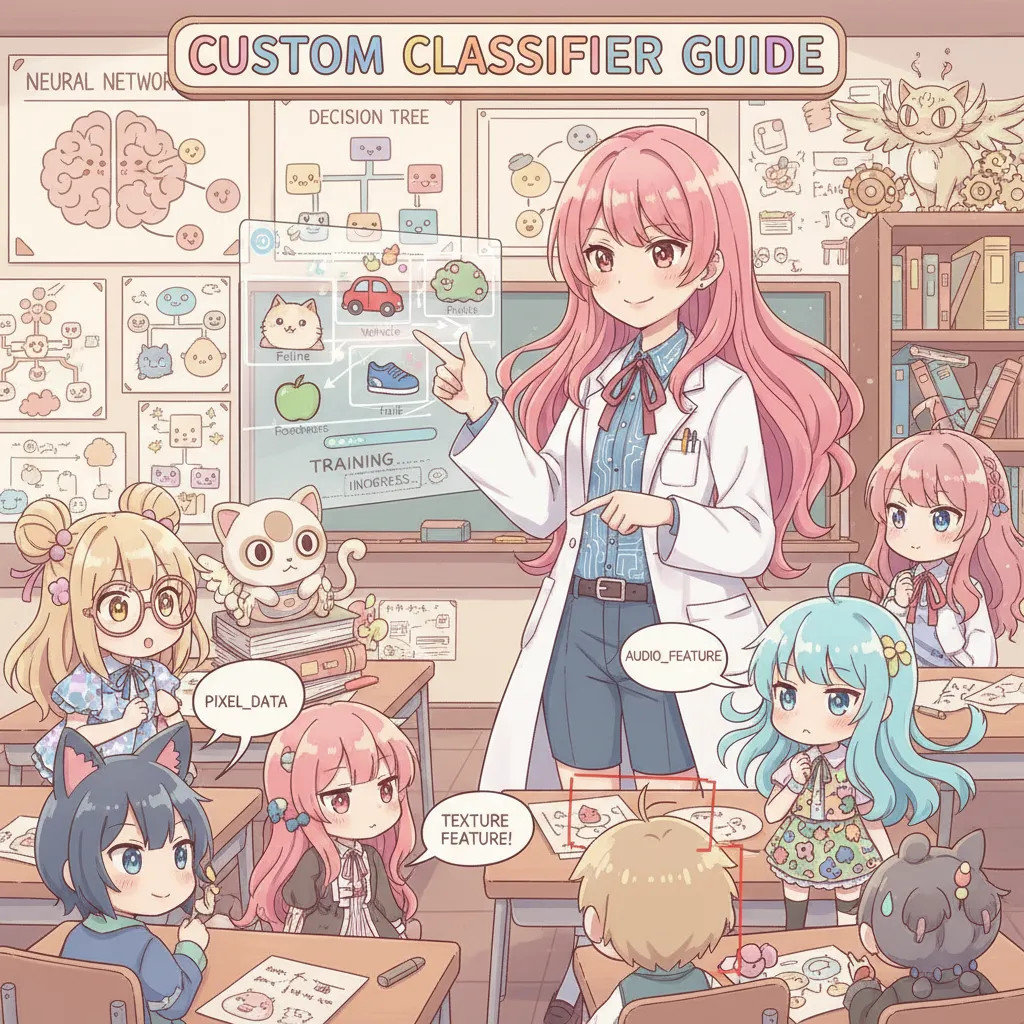A few years back, I tried to teach my dog to understand my grocery list. Needless to say, she ate the paper. Unlike my furry friend, transformer models like GPT have mastered the art of understanding (and generating) language—no treats required. If you’ve ever chatted with ChatGPT or wondered what makes these AIs so eerily articulate, you’re in the right place. Today, we’ll pry open the hood on the transformer architecture that powers the minds of GPT and its ever-evolving models.
Wait, Transformers? Not the Robots, the Real Brains
When most people hear “transformers,” they might picture giant robots battling in city streets. But in the world of artificial intelligence, transformers are something entirely different—and, frankly, far more revolutionary. They’re the real brains behind models like GPT, quietly powering the most advanced natural language processing (NLP) systems we have today.
Before transformers entered the scene, the field of NLP relied heavily on older architectures, like recurrent neural networks (RNNs) and long short-term memory (LSTM) networks. These models processed language sequentially, word by word, which made them slow and sometimes forgetful. They struggled to capture long-range dependencies in text—think of trying to remember the subject of a sentence by the time you reach the verb, several words later. It worked, but not perfectly.
Then came the transformer architecture, introduced by Vaswani et al. in 2017. This model tossed out the old tricks and changed everything. Instead of processing words one at a time, transformers look at entire sequences all at once. This shift allowed for much faster training and, more importantly, a better understanding of context. As research shows, this leap made transformers the go-to architecture for state-of-the-art language models, including every version of GPT.
What Makes Transformers Tick?
At the heart of a transformer, you’ll find a handful of ingenious components working together:
Self-Attention Mechanisms: These allow the model to weigh the importance of each word in a sentence relative to the others. For example, in the sentence “The cat sat on the mat because it was tired,” the model can figure out that “it” refers to “the cat.”
Multi-Head Attention: Instead of focusing on just one relationship at a time, transformers use multiple attention heads to capture different types of relationships in parallel. This means they can understand nuance, ambiguity, and multiple meanings all at once.
Positional Encoding: Since transformers don’t process words in order, they need a way to know where each word sits in a sentence. Positional encoding injects this information, so the model doesn’t lose track of sequence.
Embeddings: Words are turned into vectors—mathematical representations that capture meaning, context, and relationships. This is how the model “understands” language at a deeper level.
A Memory Trick: How Transformers “Remember”
Here’s a fun fact: transformers have a remarkable way of “remembering” every word you say—well, sort of. Thanks to residual connections and attention layers, information from earlier in the text can flow through the network without getting lost. This means the model can keep track of context over long passages, a feat that was nearly impossible with older architectures.
“Transformers remember every word you say—well, sort of, thanks to residual connections and attention layers.”
This ability to maintain context and focus attention where it matters most is the secret sauce that makes GPT models so effective at generating coherent, contextually relevant text. It’s not magic—it’s just really smart engineering.
Why GPT Models Are Like Opinions—Everyone Has at Least One
When I first started exploring the world of language models, I was struck by how each version of GPT seemed to have its own personality. It’s almost like opinions—everyone has at least one, and no two are exactly the same. Each iteration, from GPT-4o to the much-anticipated GPT-5, brings its own quirks, strengths, and, yes, even a few blind spots. What’s fascinating is how these differences reflect the evolving priorities in artificial intelligence research and the growing demands of users worldwide.
Let’s start with GPT-4o. This model marked a significant leap forward, not just in how it processes text, but in how it interacts with the world. Research shows that GPT-4o integrates text, voice, and visual processing, making it a true multimodal AI. Suddenly, we’re not just typing questions and reading answers. We’re speaking, listening, and even showing images. It’s AI that listens, speaks, and sees—an experience that feels less like using a tool and more like having a conversation with a very attentive assistant. The ability to handle multiple forms of input opens up new possibilities for accessibility, creativity, and efficiency.
Then there’s GPT-4.5, which, in my experience, feels like a more emotionally intelligent sibling. Studies indicate that GPT-4.5 was designed to improve natural conversation and emotional intelligence, making interactions smoother and more nuanced. It’s not just about answering questions correctly; it’s about understanding context, tone, and even subtle cues in language. This model also excels at multilingual content, breaking down language barriers and making AI more inclusive. What stands out is the shift toward unsupervised learning and pattern recognition, which means GPT-4.5 can pick up on trends and nuances in data without explicit instructions. As a result, conversations feel less robotic and more human, even if the model still has its occasional quirks.
Now, as for GPT-5—well, the details are still under wraps, and I won’t pretend to have insider knowledge. But based on what’s been shared by OpenAI and echoed in the research community, GPT-5 is expected to push the boundaries of efficiency and intelligence even further. There’s talk of improved performance, better energy efficiency, and smarter resource allocation. But as with any new release, there’s a sense of anticipation mixed with a bit of skepticism. Will it live up to the hype? Only time will tell. For now, all we know is that the evolution continues, and each new model brings us closer to AI that feels less like a machine and more like a collaborator.
In the end, the diversity among GPT models isn’t just a technical detail—it’s a reflection of how AI is adapting to our needs, preferences, and even our quirks as humans. Whether you’re drawn to the multimodal capabilities of GPT-4o, the conversational finesse of GPT-4.5, or the promise of GPT-5, there’s a version out there that fits your style. And just like opinions, these models are everywhere—shaping the way we work, create, and connect.
Self-Attention: The Gossip Column of Machine Learning
If you’ve ever wondered how machines manage to “understand” language, the answer often comes down to a clever mechanism called self-attention. In the world of transformers—the architecture behind models like GPT—self-attention is the secret ingredient that lets these systems decide which words in a sentence matter most. I sometimes wish I’d had this ability when writing essays; imagine knowing exactly which words would make your argument shine.
So, what is self-attention, and why is it such a game-changer? At its core, self-attention allows a model to weigh the importance of each word in a sentence relative to every other word. For example, in the sentence “The cat sat on the mat because it was soft,” self-attention helps the model figure out that “it” refers to “the mat.” This isn’t just about remembering words—it’s about understanding context, relationships, and nuance, much like how we follow conversations in real life.
Research shows that this mechanism is what gives transformer models their edge in tasks like translation, summarization, and question answering. Unlike older models that processed language in a strict sequence, transformers can look at the entire sentence at once, making connections that would otherwise be missed. This is where the “gossip column” analogy comes in: self-attention is like a group of friends at a party, all listening in on each other’s conversations, picking up on the juiciest details, and deciding which bits of information are worth passing along.
But self-attention doesn’t work alone. Enter multi-head attention, another key feature of transformers. Instead of relying on a single perspective, multi-head attention allows the model to analyze information from several angles simultaneously. Imagine having a brain with multiple tabs open—each one focused on a different aspect of the conversation. One head might pay attention to the subject of the sentence, another to the verb, and yet another to the object. By combining these different viewpoints, the model builds a richer, more nuanced understanding of the text.
To put it in everyday terms, think of self-attention as the ability to remember ten conversations at once, but only tuning in when someone says your name. It’s selective, efficient, and remarkably human-like. This is what enables GPT models to generate coherent, context-aware responses, even when dealing with complex or ambiguous language.
Studies indicate that this architecture—embedding layers, positional encoding, multi-head attention, and feed-forward networks—forms the backbone of modern language models. As OpenAI’s GPT-4.1 and GPT-4.5 demonstrate, these components work together to support not just text generation, but also multilingual proficiency and content creation across different modalities. The result is a system that can process and generate language with a level of sophistication that was once thought impossible for machines.
As I explore the inner workings of transformers, it’s clear that self-attention is more than just a technical detail—it’s the mechanism that allows machines to “listen,” “remember,” and “respond” with surprising fluency. In a sense, it’s the ultimate gossip columnist, always tuned in to the most important details, ready to share what matters most.
Transformers in the Wild: From Sci-Fi to Shopping Lists
When I first heard the term “transformer,” my mind leapt to science fiction—giant robots, epic battles, and far-off futures. But today, transformers are less about saving the world from alien invaders and more about quietly revolutionizing how we interact with technology. These AI models, the secret sauce behind GPT and its relatives, are now woven into the fabric of our daily lives in ways that would have seemed fantastical just a few years ago.
Modern AI, powered by transformer architecture, is everywhere. It’s the friendly chatbot that helps you reset your password at midnight, the virtual assistant that drafts your emails, and even the creative muse behind a surprising poem or two. Research shows that models like GPT-4o and GPT-4.5 are pushing boundaries further, blending text, voice, and even visual processing to make interactions feel more natural and intuitive. The leap from simple text prediction to complex problem-solving is nothing short of remarkable.
Let me share a moment that made me pause and appreciate just how far we’ve come. Not long ago, I watched a chatbot analyze a fridge selfie—yes, an actual photo of someone’s half-empty refrigerator—and suggest a recipe based on what it saw. It wasn’t perfect (the AI mistook a jar of pickles for green apples), but the fact that it could process an image, understand context, and generate a relevant response was impressive. Meanwhile, my own shopping list remains stubbornly analog, often crumpled and occasionally chewed by my dog. Technology can do a lot, but some things—like canine curiosity—are still beyond its reach.
Of course, transformers aren’t infallible. They can misunderstand, make odd leaps in logic, or reflect the quirks and biases of the data they were trained on. Sometimes, the results are amusing; other times, they’re a reminder of the limits of even the most advanced AI. As experts note, “GPT-4.5 is designed to improve natural conversation and emotional intelligence, with fewer inaccuracies compared to previous models,” but perfection remains elusive. These imperfections keep things interesting and, in a way, make the technology feel more human—flawed, unpredictable, and always evolving.
What’s clear is that transformers have moved from the realm of science fiction into the everyday. They’re not just powering chatbots or automating customer service; they’re helping us write, solve problems, and even see the world in new ways. As research continues and models like GPT-5 loom on the horizon, the possibilities seem endless. We may not have robot heroes patrolling our streets, but in their own quiet way, transformers are reshaping our world—one conversation, one shopping list, and one fridge selfie at a time.



